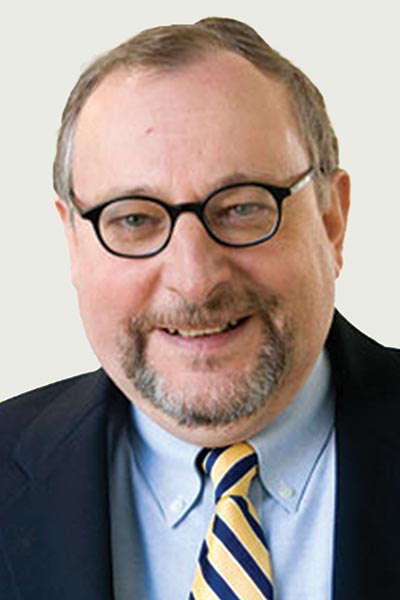
The IASLC is a global powerhouse in lung cancer prevention, treatment, and research. But few would have predicted the association’s reach at its founding with just 250 members in October 1974.

“I’m continually amazed by the progress in the biology, staging, early detection, prevention, and therapy as well as supportive care and patient advocacy that have happened over the last 50 years to improve outcomes for patients with lung and other thoracic cancers,” said early member, past president, and former Chief Executive Officer Paul Bunn, MD, medical oncologist at the University of Colorado. Dr. Bunn is one of a handful of members who have attended every World Conference.
“Lung cancer is now making more progress than many other cancers,” he continued. “Multidisciplinary efforts have led to significant improvements in our outcomes.”
“It has been incredible to witness the IASLC evolution over the years,” added former IASLC President and Chief Executive Officer Fred Hirsch, MD, PhD, who is now Executive Director of the Center for Thoracic Oncology and Co-Director of the Center of Excellence for Thoracic Oncology at the Tisch Cancer Institute at Mount Sinai and the Joe Lowe and Louis Price Professor of Medicine at the Icahn School of Medicine at Mount Sinai.

Drs. Bunn and Hirsch joined other past and present IASLC leaders to commemorate five decades of persistence and success in lung cancer on Sunday during a special plenary Celebrating 50 Years of the IASLC, Legacy of Impact, Future of Promise.
Fifty years ago, the world of lung cancer was a grim one with no targeted therapies, no checkpoint inhibitors, no PET scans, and no treatments for mesothelioma. The association’s unwavering focus has undoubtedly transformed this once-grim world into one of hope.
“There was no cure envisioned for lung cancer,” said plenary moderator Laura Schwartz. “The causes of lung cancer were starting to become understood due to the seminal work of two British epidemiologists who clearly established a link between smoking tobacco and the incidence of lung cancer. There began a concerted global effort to manage lung cancer.”
The National Cancer Institute sponsored the 1st International Workshop for Therapy of Lung Cancer near Washington, DC, in 1972. Enthusiastic response spurred an international group to organize a global, multidisciplinary professional association. Two years later, what would eventually become the IASLC emerged with members from 28 countries.
Its original vision to promote the study of lung cancer and improve the care of patients through research, education, and collaboration has not changed, and the association has soared, said Ms. Schwartz, who is a professional speaker, TV commentator, and author.
IASLC now consists of more than 12,000 members from 105 countries. And the results from a half-century’s worth of focused effort are showing. Smoking rates have declined worldwide. A growing wave of novel therapies and biomarkers has made lung cancer the poster child of molecular medicine. And lung cancer screening is becoming a global reality.
When decades of research culminated in the US-based National Lung Cancer Study Trial of low-dose CT screening and the Dutch-Belgian NELSON trial of volumetric CT, IASLC took the lead in promoting and implementing lung cancer screening worldwide. Ms. Schwartz noted that recent data show lung cancer mortality is declining faster than incidence in the US and other countries for the first time in history.
“There cannot be a more rewarding career than being a clinical trial researcher and translational researcher, particularly in lung cancer,” said Frances Shepherd, MD, IASLC’s first female president and the current Scott Taylor Chair in Lung Cancer Research at the Princess Margaret Cancer Center, Toronto, Canada.
“My secrets for building a successful career are collaboration, collaboration, and collaboration. Start locally, find the very best people in all lung cancer disciplines,” Dr. Shepherd said. “Branch out and the sum of your career will be so much greater than the individual parts.”





